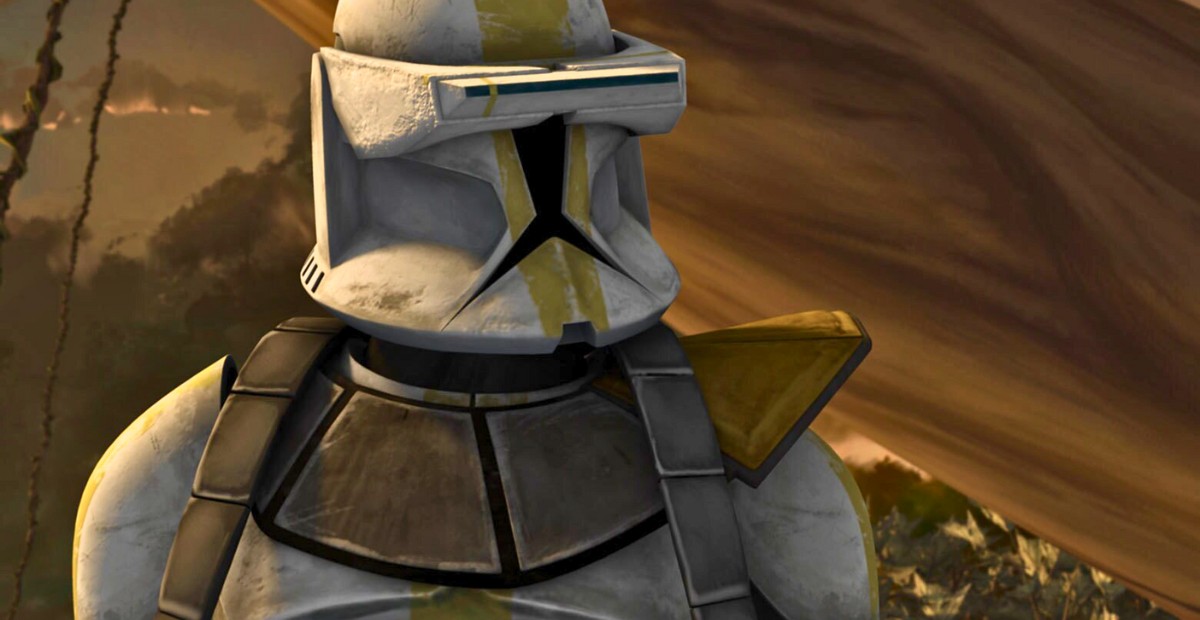The clone troopers were literally made for war. They trained from the moment they were born, followed orders without hesitation, and proved themselves in battle over and over again. Some led thousands of soldiers into combat. So why didn’t any of them ever become generals?
It wasn’t about skill or bravery. There were deeper reasons behind it—political, practical, and even biological. Let’s break it down.
Jedi Were Put in Charge on Purpose
When the war started, the Jedi were the ones leading the clone armies. That wasn’t just a random decision—it was planned from the top. Palpatine had a goal, and part of that plan was making the Jedi the face of the Republic’s war effort.
The more Jedi in leadership roles, the easier it was to turn the public against them later. It also made Order 66 way more effective. Most Jedi were already on battlefields, surrounded by clones. So when the order dropped, it was a clean sweep. No gathering, no warning, no backup.
Near the end of the war, Jedi were assigned to all kinds of distant systems. They were scattered across planets, leading troops in the Outer Rim. That’s not a coincidence. It made sure they were isolated. If a Jedi was in charge of 10,000 troops and they turned on them all at once, the odds were gone. That’s exactly what happened.
Clones in those top positions wouldn’t have helped that part of the plan. The Jedi needed to be in charge for the purge to work smoothly.
Clones Were Still Treated Like Equipment
Even though clones were real people with names, personalities, and bonds with each other, the Senate and much of the Republic didn’t see them that way. On paper, they were listed as “assets” or “resources.” Not soldiers with rights. Just tools for the war.
Giving a clone the rank of general meant giving them power over strategy, politics, and even Jedi command in some cases. That wasn’t going to fly in a system where clones weren’t even considered full citizens.
I’ve seen it pointed out that clone commanders like Cody or Rex had authority, but it only went so far. A Jedi still had the final say. If a clone general existed and ordered a Jedi around, it would’ve raised a lot of issues for the military and the Senate. And no one in power wanted to deal with that. Keeping clones a step below gave everyone else more control.
They Were Literally Designed to Follow Orders
From the start, clones were made to obey. The Kaminoans shaped their training and mindset to be focused on loyalty and discipline. They were excellent soldiers, but most weren’t trained to lead on a big-picture level.
There’s a scene in Attack of the Clones where Lama Su tells Obi-Wan that the clones are less independent than their template, Jango Fett. That wasn’t just a comment—it was a core part of their design. They weren’t supposed to question orders, just carry them out.
Now, some clones absolutely showed leadership and initiative. Rex, for example, was trusted to lead his men into some of the biggest battles of the war. But even he never tried to push higher than captain. Clones didn’t fight each other for promotion—they focused on protecting each other. That mindset kept their units strong, but it also meant very few of them even aimed for higher ranks.
Higher positions like general weren’t just about battlefield decisions. They came with political pressure, diplomacy, supply lines, and making judgment calls outside of orders. Most clones weren’t trained for that kind of work, and the Republic wasn’t interested in changing that.
Not Enough Time or Freedom to Rise
Clone troopers aged twice as fast as normal people. They hit combat readiness by age ten (twenty physically), but they had limited years to serve before aging out. And the Clone Wars only lasted about three years total. That’s not much time to move up through military ranks, especially in a rigid structure that already capped how far they could go.
In real-world terms, generals often have 20+ years of service before they reach that rank. Even if we count all the training and experience clones had, they simply didn’t have enough time in the war to reach general status—even if they were allowed to try.
And they weren’t. The military hierarchy put clones in positions like Captain and Commander. That was the ceiling. It didn’t matter how skilled they were or how many battles they won. The rank of General was reserved for Jedi and non-clone officers from other branches of the Republic military.
Clone Commanders Already Did the Work—Without the Title
Here’s the thing: some clone commanders already led troops and operations at a scale that matched general-level responsibilities. Cody led an entire corps, which is about 36,000 troops. Rex commanded the 501st Legion, another massive unit. They handled tactics, logistics, coordination, and execution on the battlefield—exactly what you’d expect from a general.
But the title? That always went to the Jedi. The Jedi were called “General,” even if they weren’t the ones planning the details. The clone commanders often did the heavy lifting, but they were still technically second-in-command.
In some old Legends material, clone ranks like “Marshal Commander” existed, and those were equivalent to generals in terms of scale. But in canon, they’re just listed as “Commanders.” That’s it.
So the structure was already there—just without the recognition or formal promotion. The clones handled it, but they never got the authority or the name tag that came with being a general.
One Fun Example (That’s Not Canon)
In Legends, there was one exception: General Cards, a black-armored ARC Trooper who apparently held the rank of General. He doesn’t appear in canon stories, and the sources are pretty obscure, but it shows that someone thought about what a clone general could look like.
Still, that’s the only one. He’s an outlier. The entire system wasn’t built to allow others like him.

